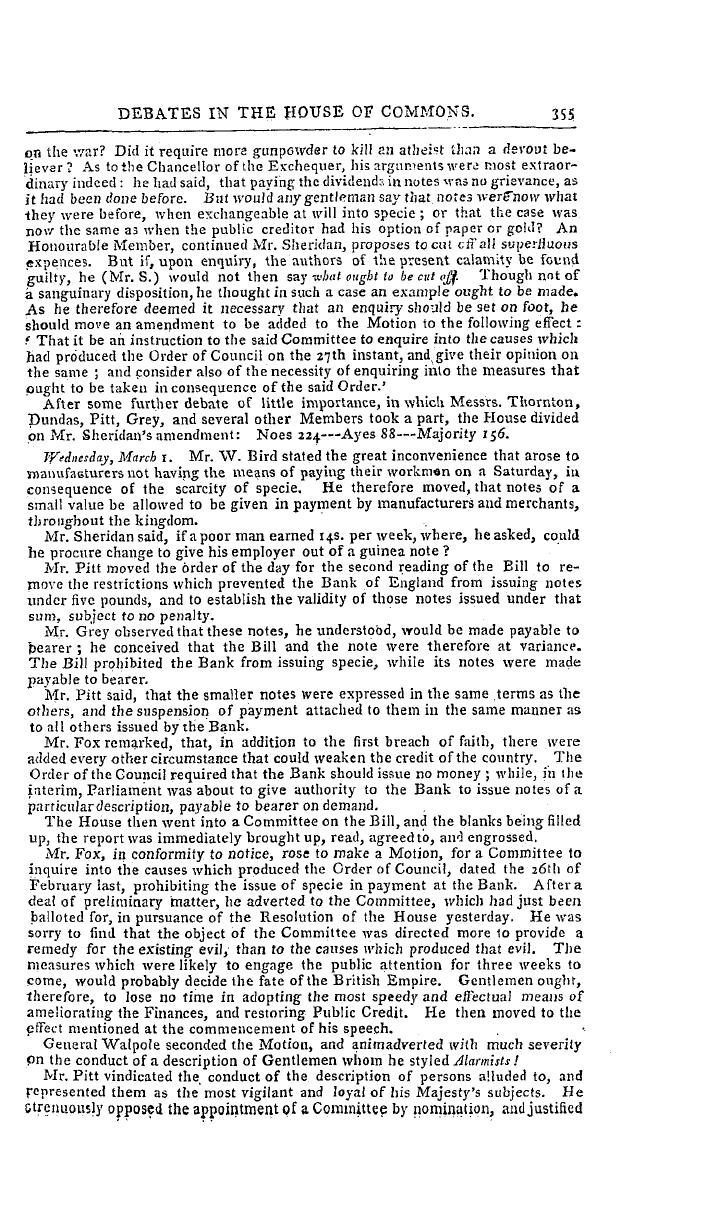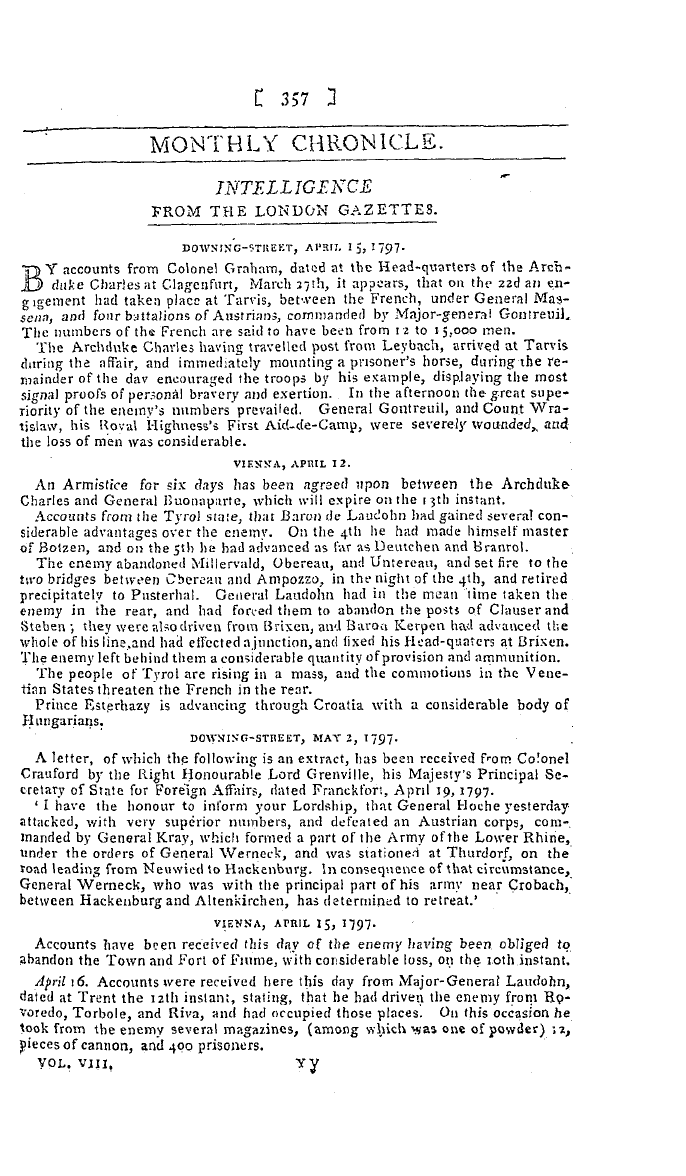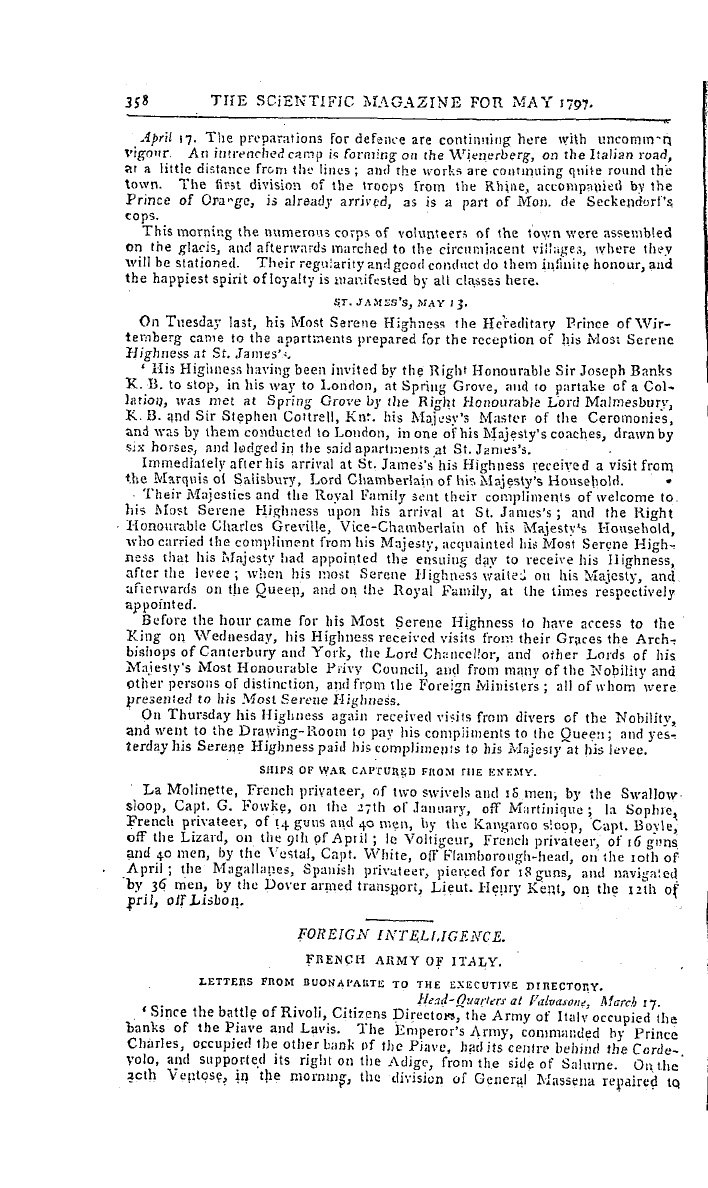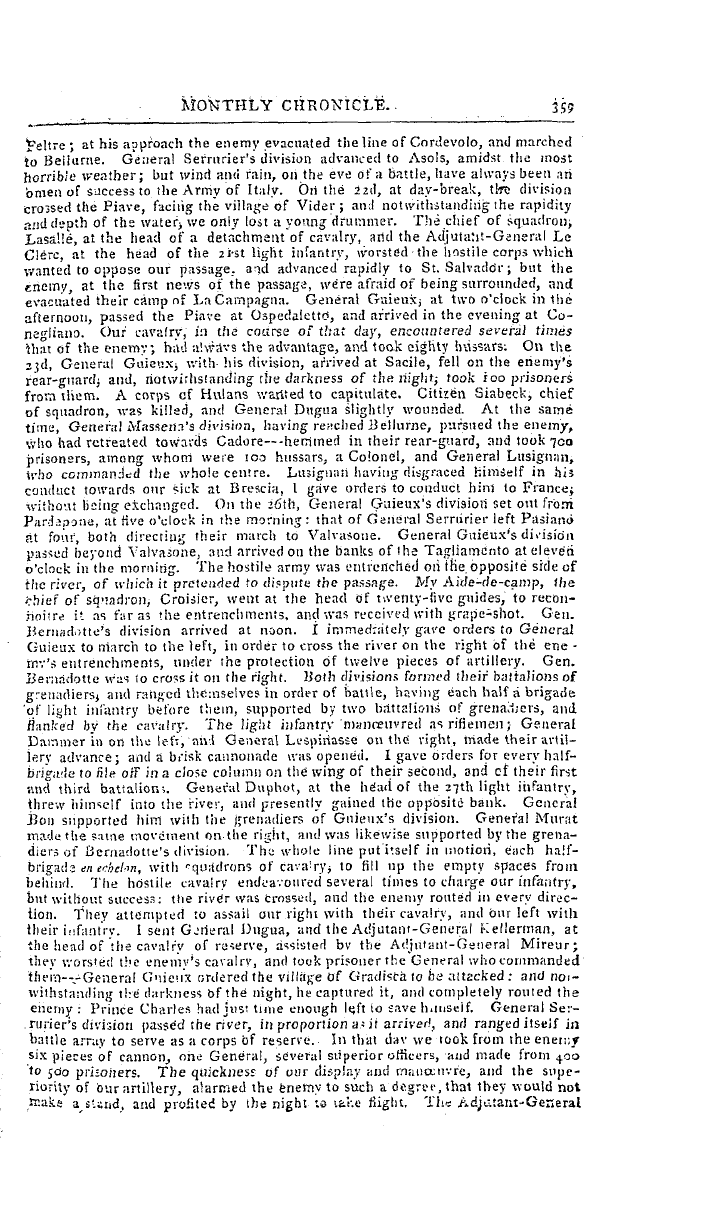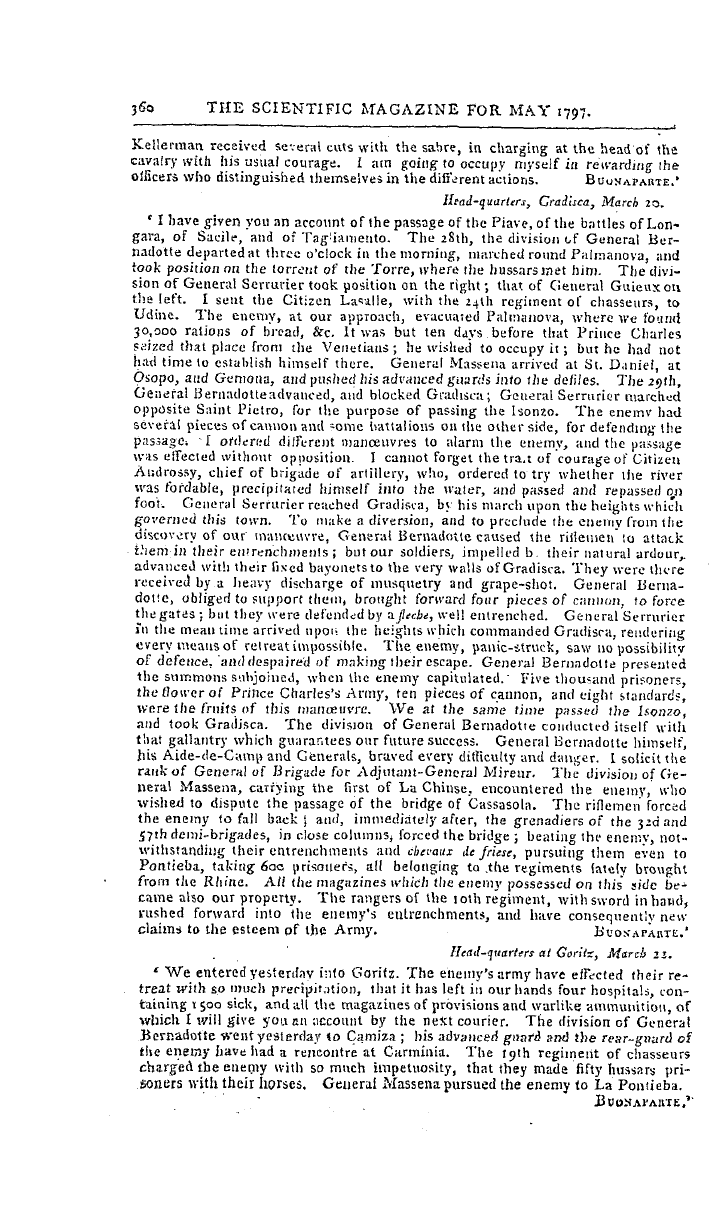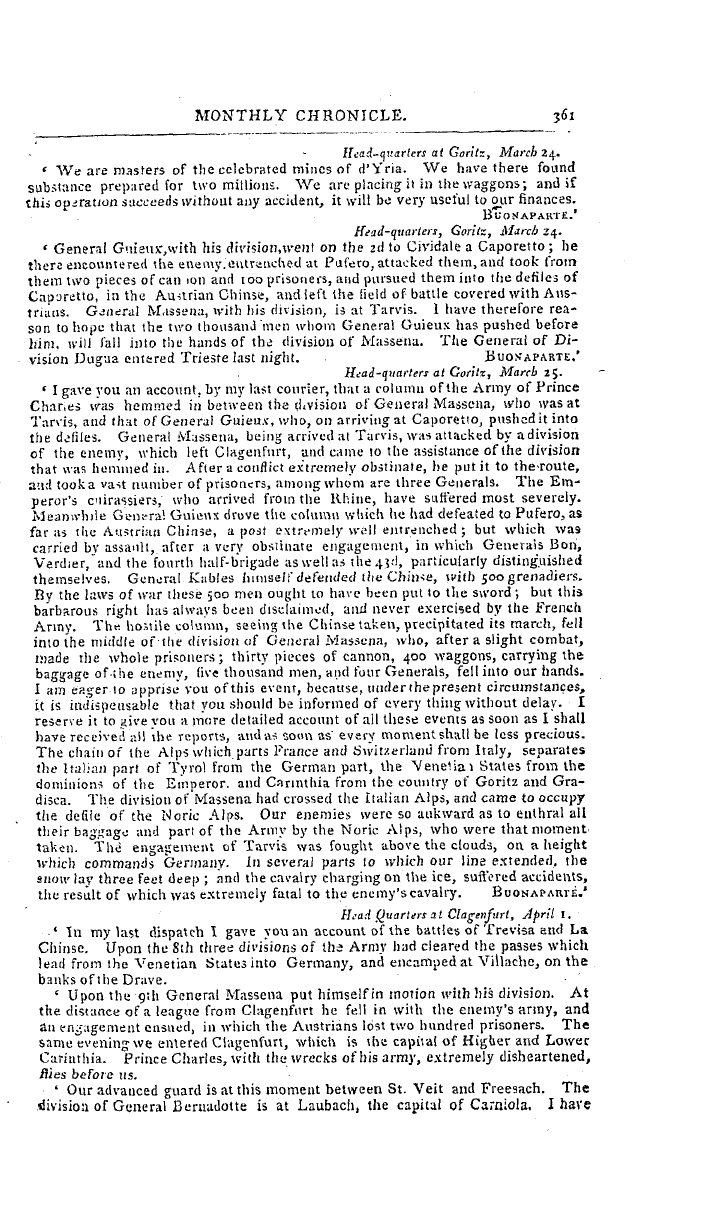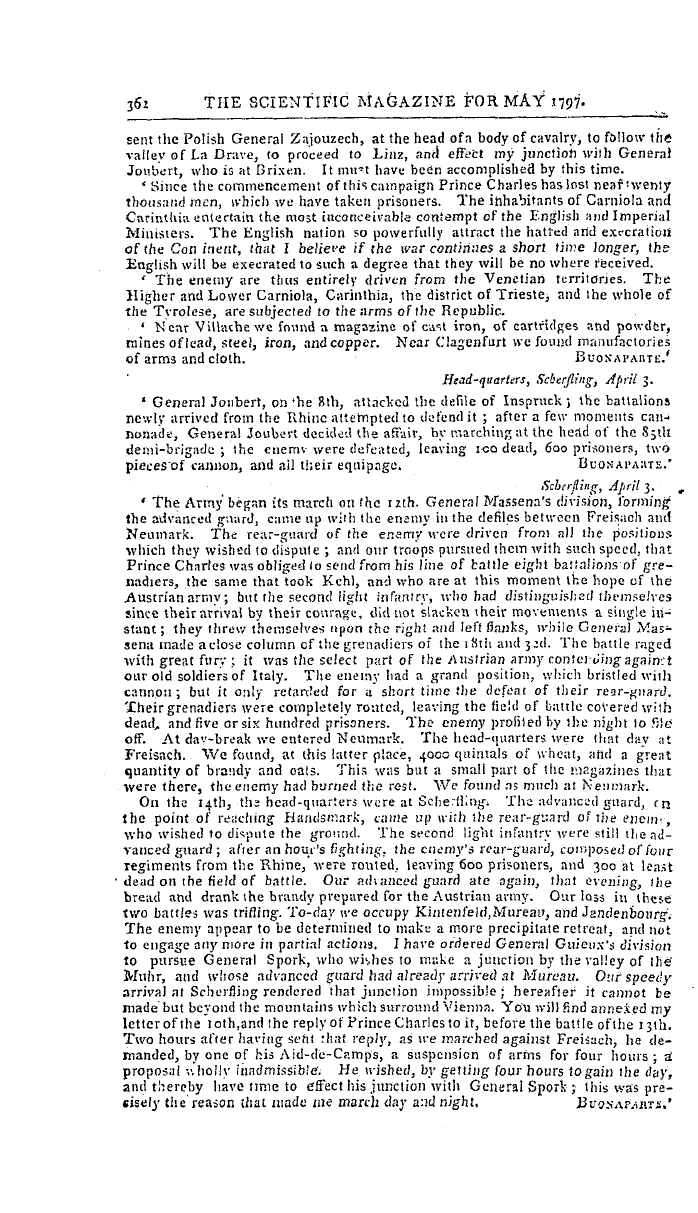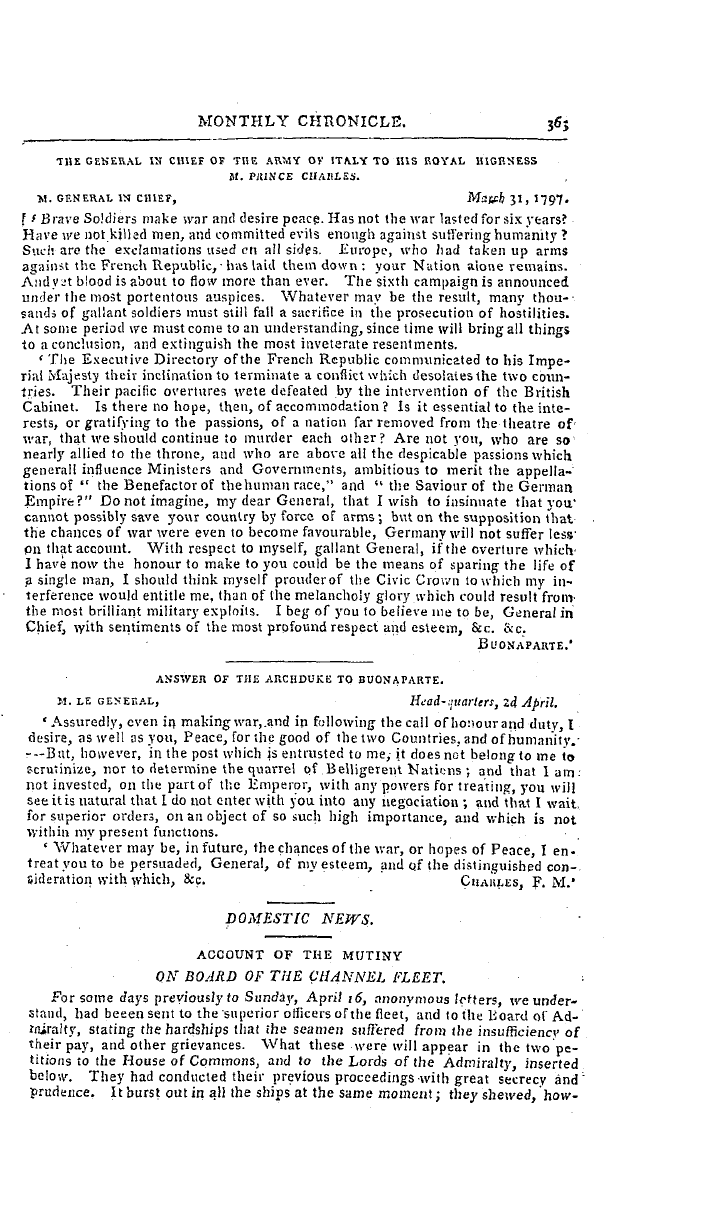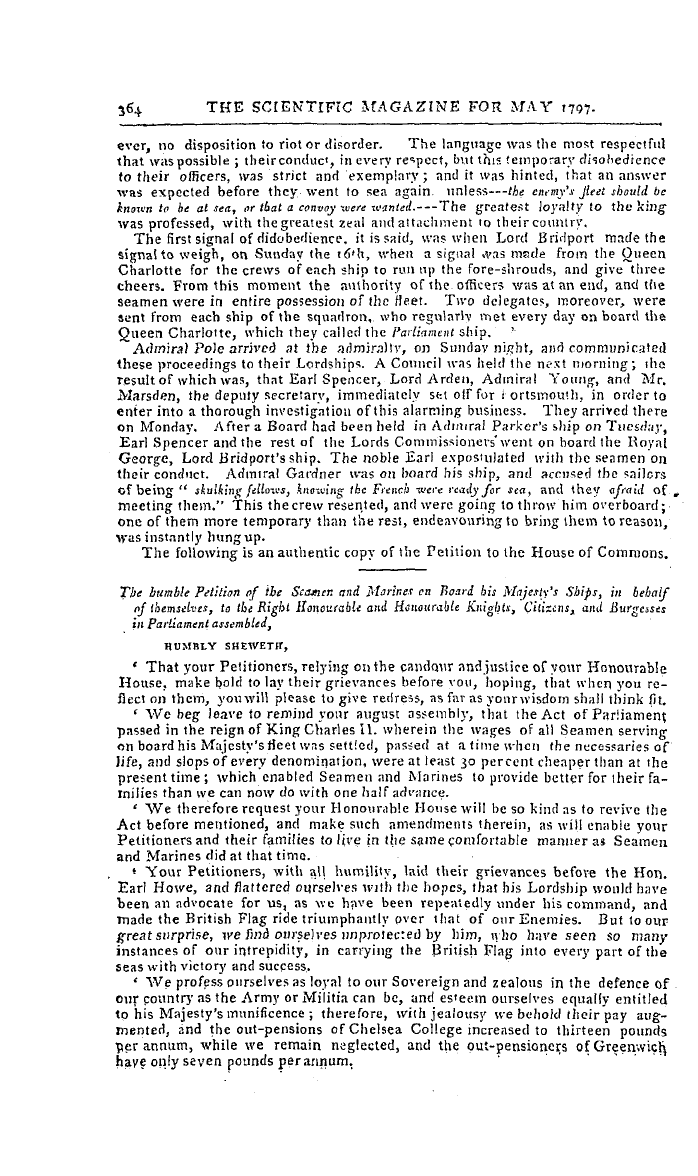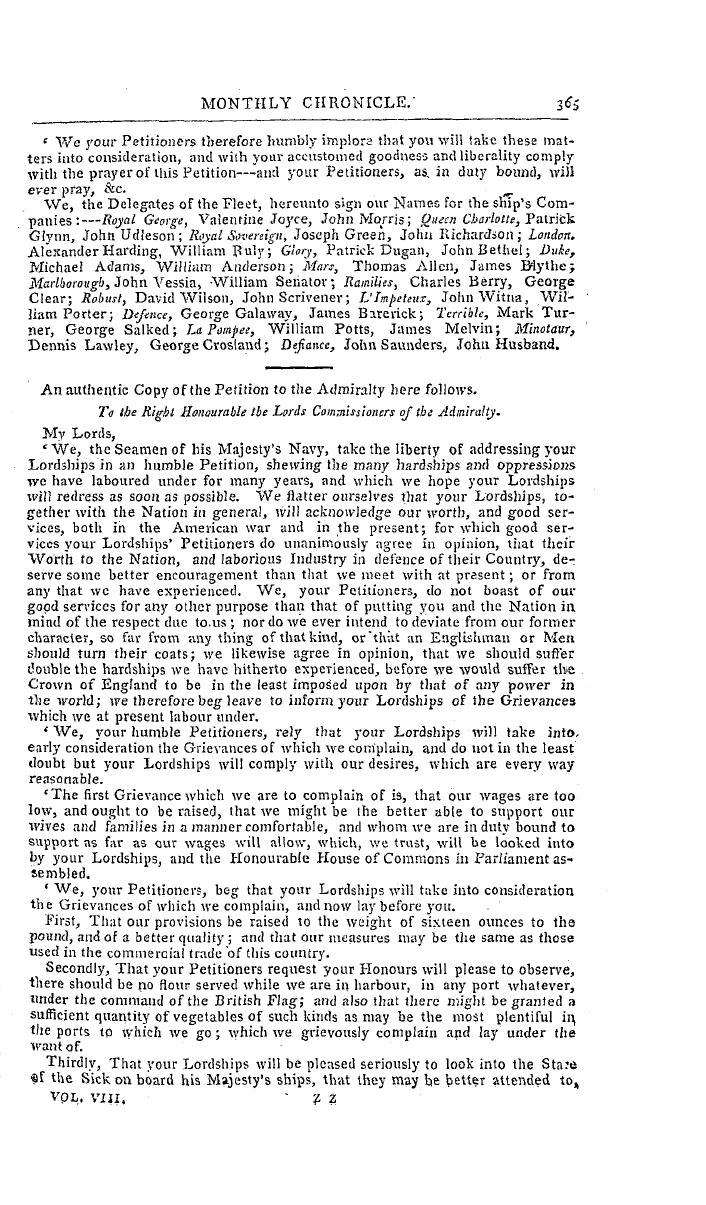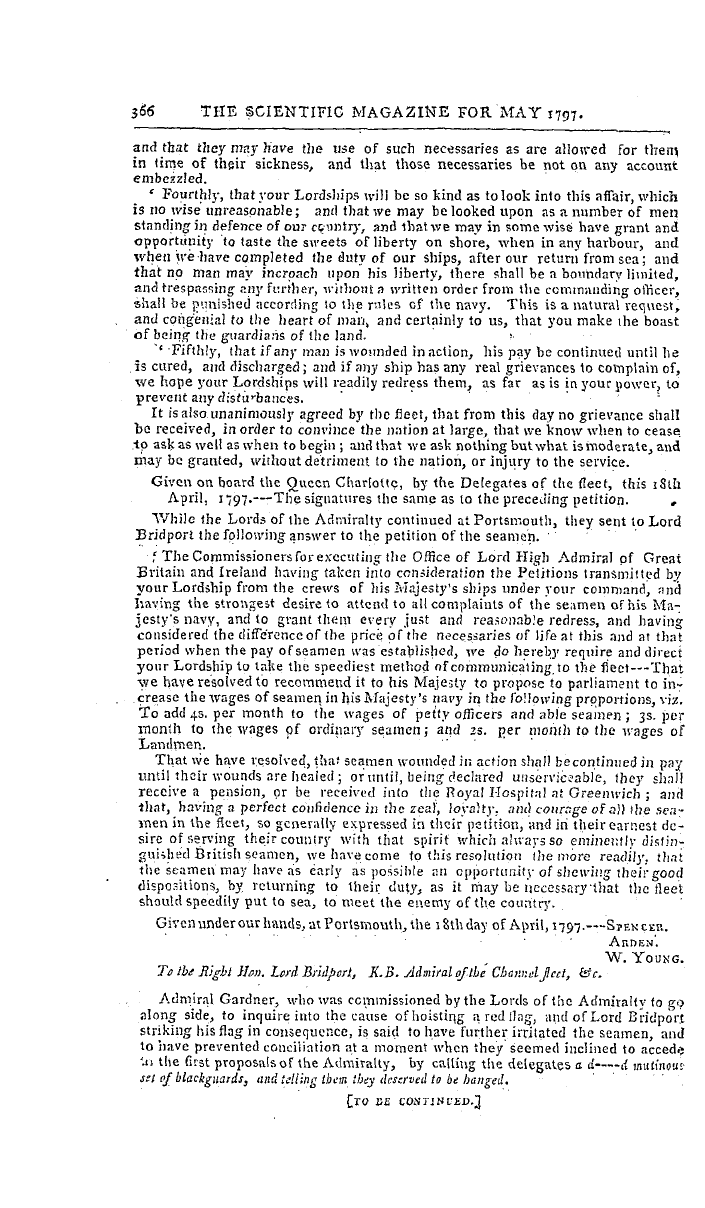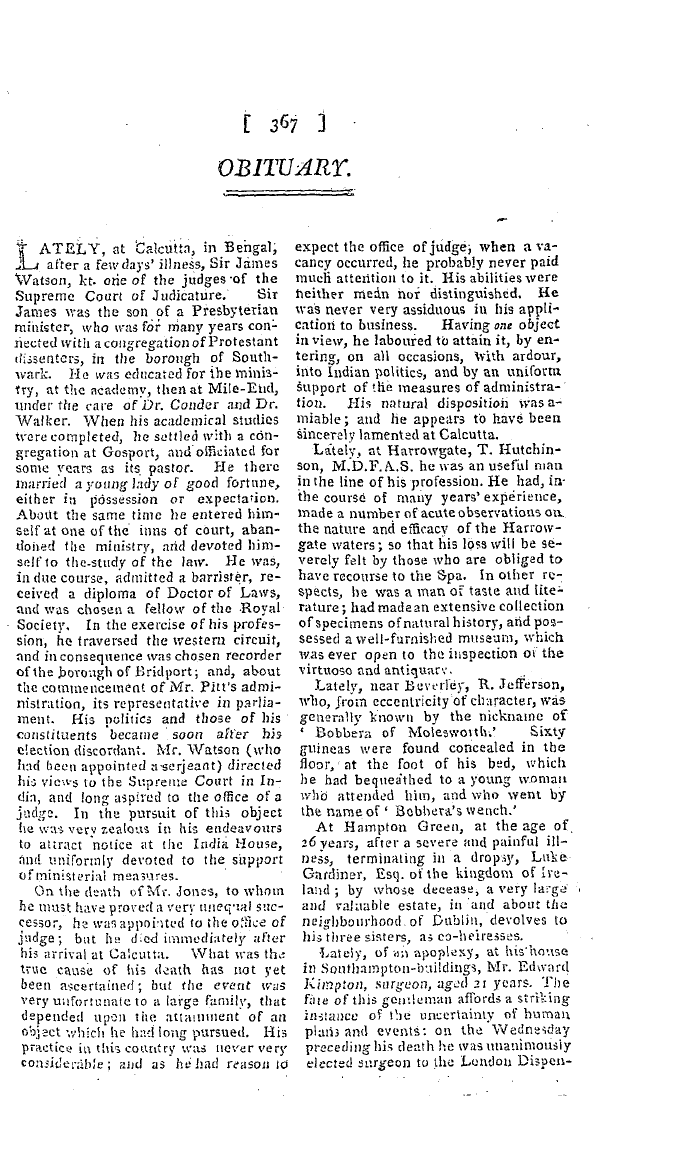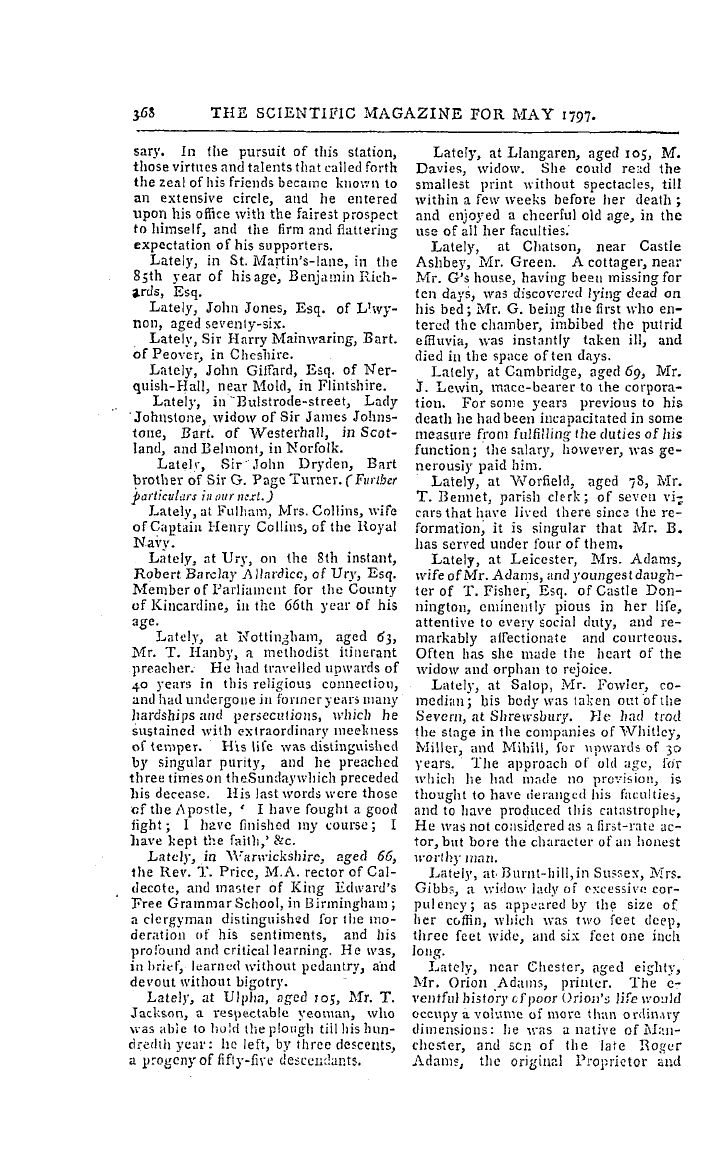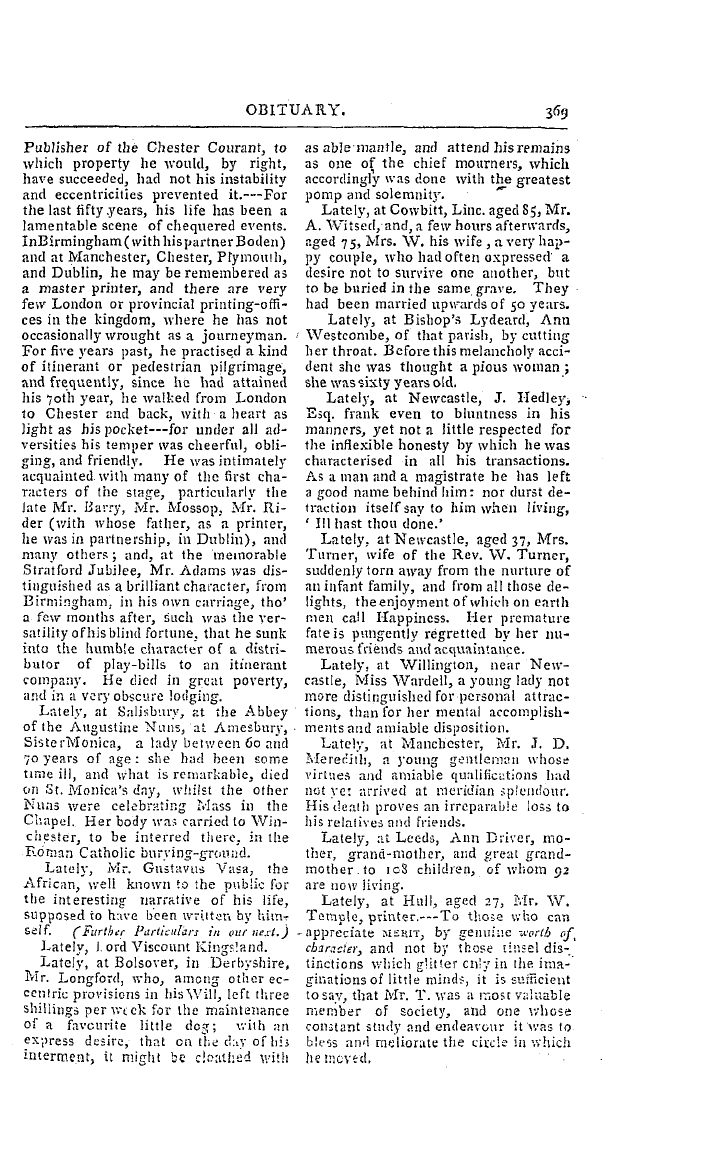Note: This text has been automatically extracted via Optical Character Recognition (OCR) software.
The Scientific Magazine, And Freemasons' Repository,
Beautiful ; ' and considers each as connected with a branch of the pathetic : the former with the stronger and more violent passions , the latter Avith the mild and more pleasing . The ' Sublime and Beautiful , ' he shews , differ very essentially , both in constituents and effects . In this essayhe displays a mind both feelingly alive to each fine
, impulse , and able to investigate its own operations , their objects and causes . He is a philosophical anatomist of the human mind . He is , in respect to taste audits objects , what Hutchinson is in respect to the affections , and Locke to the understanding;—the first who , by experiment and analysis , endeavoured to investigate an important subject of pneumatology . Like these two profound philosophershis account of
, phenomena is just and accurate , though some of his theories may be incomplete , or even fanciful . Whoever turns his attention to subjects of taste , must see that his enumeration of the qualities which constitute sublimity and beauty is exact . Whoever is acquainted with literary history must know that this analytical enquiry is new . Mr . Addisonindeedin his spectators on the ' Pleasures of
Imagina-, , tion , ' describes grandeur and beauty in general ; but does not analyse either , so as to give a clear vieAv of its constituents . * Many readers , who will admit the justness of Mr . Burke ' s enumeration , may esteem some of his hypotheses to be incomplete . 'Whatever , ' says he , * is fitted in any sort to excite the ideas of
pain and of danger ; that is to say , Avhatever is in any sort terrible or is conversant about terrible objects , or operates in a manner analogous to terror , is a source of the sublime . ' That terror is a very great source of the Sublime , he very jusly observes , and clearly and ingeniously illustrates ; but in esteeming terrible objects , and those of analogous operation , the sole constituents of sublimity , he apr . pearslike many men of geniusto be led too far by the love of
, , system . Like Pythagoras , Burke , in some cases , errs from the tendency of a great mind to generalization . There are many objects sublime which are not terrible , and terrible which are not sublime . Magnificence , vastness , force , constituents of sublimity , and included in Mr . Burke ' s enumeration , excite either astonishment or admiration , sentiments totall y distinct from terror . A viper is terriblebut not
, sublime : St . Paul ' s Church is sublime , but not terrible . But though in his theory somewhat fanciful , Burke is a perspicacious observer . In his enumeration of constituents he is accurate and comprehensive ; in his assignation of efficient causes , oftenjust , sometimes fanciful , always acute and ingenious ; in his reasonings on final causes , wise and profound . To consider the Essay on the ' Sublime and Beautiful' as
an addition to literature , and an exhibition of genius , —it affords the greatest accession to the knowledge of a most important branch of pneumafoioiry , and its appropriate objects , of any work which has yet appeared . Succeeding- Avriters , who have rejected his theory , have done little more than copy the account of phenomena . —It displays
Note: This text has been automatically extracted via Optical Character Recognition (OCR) software.
The Scientific Magazine, And Freemasons' Repository,
Beautiful ; ' and considers each as connected with a branch of the pathetic : the former with the stronger and more violent passions , the latter Avith the mild and more pleasing . The ' Sublime and Beautiful , ' he shews , differ very essentially , both in constituents and effects . In this essayhe displays a mind both feelingly alive to each fine
, impulse , and able to investigate its own operations , their objects and causes . He is a philosophical anatomist of the human mind . He is , in respect to taste audits objects , what Hutchinson is in respect to the affections , and Locke to the understanding;—the first who , by experiment and analysis , endeavoured to investigate an important subject of pneumatology . Like these two profound philosophershis account of
, phenomena is just and accurate , though some of his theories may be incomplete , or even fanciful . Whoever turns his attention to subjects of taste , must see that his enumeration of the qualities which constitute sublimity and beauty is exact . Whoever is acquainted with literary history must know that this analytical enquiry is new . Mr . Addisonindeedin his spectators on the ' Pleasures of
Imagina-, , tion , ' describes grandeur and beauty in general ; but does not analyse either , so as to give a clear vieAv of its constituents . * Many readers , who will admit the justness of Mr . Burke ' s enumeration , may esteem some of his hypotheses to be incomplete . 'Whatever , ' says he , * is fitted in any sort to excite the ideas of
pain and of danger ; that is to say , Avhatever is in any sort terrible or is conversant about terrible objects , or operates in a manner analogous to terror , is a source of the sublime . ' That terror is a very great source of the Sublime , he very jusly observes , and clearly and ingeniously illustrates ; but in esteeming terrible objects , and those of analogous operation , the sole constituents of sublimity , he apr . pearslike many men of geniusto be led too far by the love of
, , system . Like Pythagoras , Burke , in some cases , errs from the tendency of a great mind to generalization . There are many objects sublime which are not terrible , and terrible which are not sublime . Magnificence , vastness , force , constituents of sublimity , and included in Mr . Burke ' s enumeration , excite either astonishment or admiration , sentiments totall y distinct from terror . A viper is terriblebut not
, sublime : St . Paul ' s Church is sublime , but not terrible . But though in his theory somewhat fanciful , Burke is a perspicacious observer . In his enumeration of constituents he is accurate and comprehensive ; in his assignation of efficient causes , oftenjust , sometimes fanciful , always acute and ingenious ; in his reasonings on final causes , wise and profound . To consider the Essay on the ' Sublime and Beautiful' as
an addition to literature , and an exhibition of genius , —it affords the greatest accession to the knowledge of a most important branch of pneumafoioiry , and its appropriate objects , of any work which has yet appeared . Succeeding- Avriters , who have rejected his theory , have done little more than copy the account of phenomena . —It displays

































































